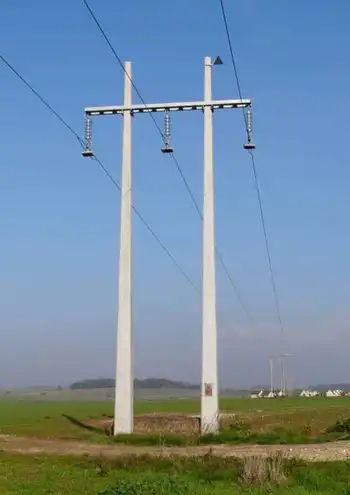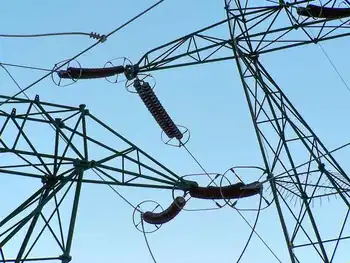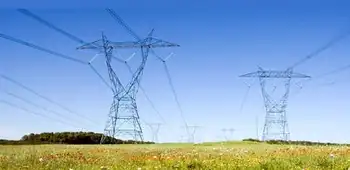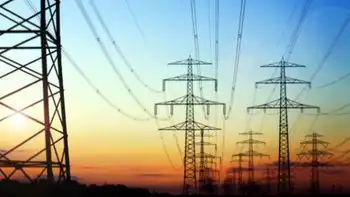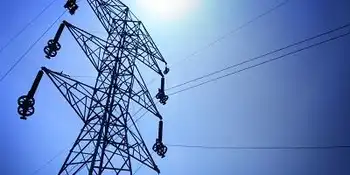Putting the sun on the payroll
By New York Times
CSA Z463 Electrical Maintenance -
Our customized live online or in‑person group training can be delivered to your staff at your location.

- Live Online
- 6 hours Instructor-led
- Group Training Available
“We want to go entirely green here,” said Kate Murray, the town supervisor.
But the most ambitious of Ms. Murray’s environmental plans sits right above her head: 256 shiny blue panels on the town hall’s roof. They make up a 40-kilowatt photovoltaic — solar energy — system to power her office and a conference room next door.
In January 2006, the town began using solar systems to deliver electricity to some of its buildings, using state subsidies to cover most of the equipment and installation costs. But while town government views itself as a leader in reducing pollution, some experts say solar technology is still largely inefficient and not worth the cost to taxpayers.
A recent audit by the state comptrollerÂ’s office commended Hempstead for putting the system in place. It said the town should save $419,000 in energy costs over the estimated 50-year life of the panels. Hempstead paid a quarter of the $336,000 price tag, with the New York State Energy Research and Development Authority covering the difference.
But Howard C. Hayden, a retired physics professor at the University of Connecticut who has specialized in alternative energy methods, is skeptical about the broader use of solar energy because he says its cost inefficiency does not justify the use of taxpayer dollars to pay for it. “It’s a scam,” said Dr. Hayden, the author of “The Solar Fraud: Why Solar Energy Won’t Run the World,” “and the public will be victimized financially and intellectually.”
It will take more than 40 years to pay for the equipment and its installation, the audit report notes. And Hempstead will have to raise its own money to wire further government buildings.
Town officials said, however, that while protecting taxpayers’ pocketbooks is important, they did not undertake the project for cost savings alone. “Our first and foremost goal is to reduce our carbon footprint and keep our planet clean,” said Michael Deery, a town spokesman.
The audit says the system at town hall will reduce carbon dioxide emissions by 1,250 tons over a half-century — the equivalent of what 220 cars would produce over the same period.
Ms. Murray, who said her commitment to the environment is her highest priority, is buoyed by the auditÂ’s findings. The town has held several seminars on solar energy to explain to residents how it can benefit their homes and businesses and how rebates can help defray the costs.
Peter Ray, 64, who lives in Levittown, attended one of the seminars and was persuaded to buy the technology for his home. He said he installed a $54,000 system, 60 percent of which the Long Island Power Authority and the state subsidized. “I would recommend it to anybody,” said Mr. Ray, who said he expected a return on the investment from saved energy costs in three and a half years. According to the United States Department of Energy, renewable sources — like water, wind and sun — accounted for only 7 percent of total national energy consumption in 2006. The reason is the cost of making the technology efficient, Dr. Hayden said. (The national average retail price of electricity is about 10.5 cents a kilowatt-hour, while energy from solar cells costs 18 to 40 cents a kilowatt-hour.) “They are trying to be leaders,” he said of Hempstead officials, “but they are going to lead us down a very expensive path.” Nevertheless, William Reynolds, a spokesman for the state comptroller’s office, said, “We cannot downgrade the importance of being able to reduce emissions produced by burning fossil fuels.”
Whether private citizens choose to switch to solar or not, Ms. Murray is determined for her government to set an example. “As focused as we have been on efforts to go green, we have been just as aggressive in pursuing the grants to pay for them,” she said. “We’re pretty successful in everything we ask for.”





